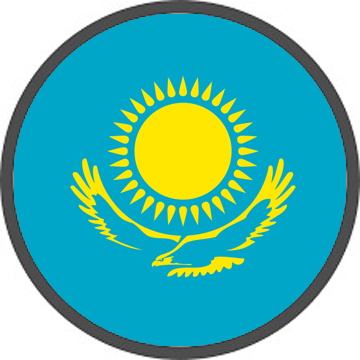Nurses in India: A Path to Strengthening the Healthcare Workforce
It is crucial to acknowledge the relevance of nurses and their vital contributions to patient care in the modern, changing healthcare environment. This article highlights the growing need to review the obligations and responsibilities placed on nurses in India. We can strengthen the nursing workforce, empower nurses, and eventually strengthen the healthcare system as a whole by analyzing the problems that currently exist and looking into potential solutions.
The Situation of Nursing in India Right Now:
In India, nurses play a crucial but frequently underappreciated role. There is an urgent need for reform, as evidenced by a number of factors, including low pay compared to equivalents in developed nations, few opportunities for advancement, an excessive number of chores and responsibilities, and large pay gaps. The first step in resolving the issue is to acknowledge these elements as impediments.
The World Health Organisation (WHO) recommends a ratio of one doctor to every 1,000 people and three nurses to every 1,000 persons for the nursing workforce. We need more nurses than what the WHO standards imply, though, as our society gets older and the need for home-based care rises. With its sizable population and prospective skill pool, India has the potential to be a significant source of nursing professionals for the world market.
Challenges the Nursing Workforce Faces
The dearth of suitable applicants joining the nursing industry represents a considerable obstacle. For instance, despite getting a stunning 100,000 applications, just 3,000 seats out of 4,500 available ones could be filled in a recent recruitment drive for new medical colleges. This mismatch brings to light a crucial problem: even though many nurses hold legitimate degrees or licenses, they could not have the expertise required for the position. The current hiring procedure frequently prioritizes knowledge testing above the crucial talent assessment.
Addressing the Inequality:
When contrasting the origin of medical education in India with that of nursing education, an intriguing remark is made. Government colleges fill about 50% of the seats in the medical field, but just 2% of the seats in the nursing field. The remaining 98% of nursing applicants complete their studies at private colleges, demonstrating the private sector’s dominance in nursing education.
Strategies to Improve the Nursing Workforce:
To close this gap, a two-pronged approach that emphasizes expanding the supply of nurses from government colleges and raising the standard of instruction in the private sector must be developed. It is a positive development when government colleges increase from five to 22, as in Uttar Pradesh, in just 1.5 years. However, it is crucial to carry on with this growth and strive for a network of 50 colleges soon.
Enhancing Nursing Education:
Several improvements are required to improve the standard of nursing instruction at private colleges. The association with reputable institutions to enforce strict standards is one area of improvement. In order to guarantee justice and merit-based selection, the admissions procedure for nursing students should also be looked at. A centralized nursing entrance exam, akin to the NEET exam for prospective doctors, might speed up the admissions procedure.
Emphasizing Skill Assessment:
It is critical to confirm that nurses have the necessary skills and knowledge. Comprehensive licensing testing that gauges competency in both theory and practise should be a part of any reforms. The drop in passing rates from 90% to roughly 50%–55–60% represents a step in the right direction. The corporate sector is encouraged by this change to put quality education first because their business models need to change to reflect the new environment.























